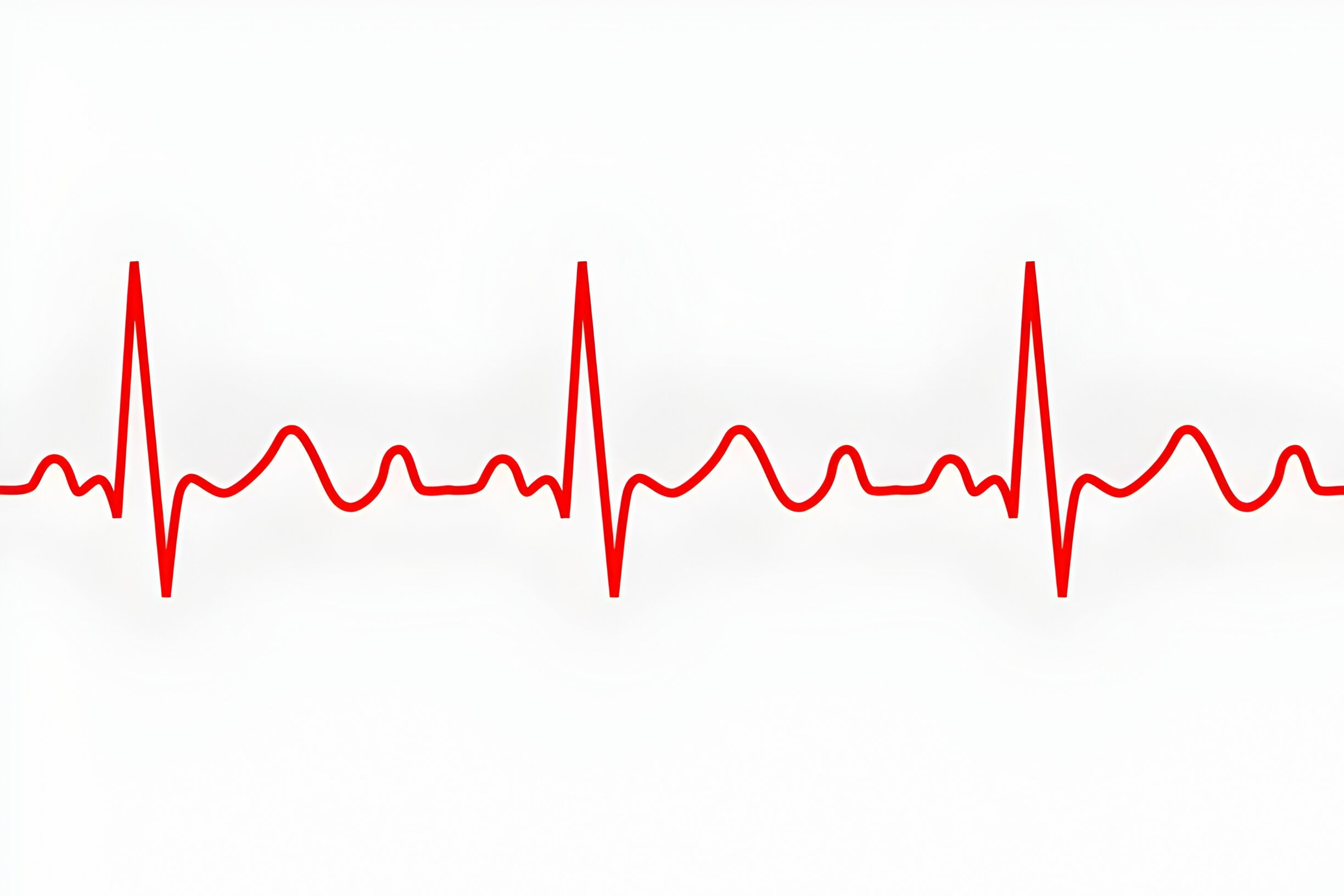
Updated on: June 2, 2024
Sinus bradycardia is a cardiac condition characterized by an abnormally slow heart rate originating from the sinus node which is the heart’s natural pacemaker. In this state, the heart beats fewer than 60 times per minute when compared to the typical range of 60 to 100 beats per minute at rest. The Diagnosis of the condition involves an electrocardiogram (ECG) to assess the electrical activity of the heart
Here in this blog we will understand the basics of this condition, explore its underlying causes and the line of treatment and its diagnosis.
The term Sinus Bradycardia talks about a Cardiac rhythm disorder from the sinoatrial node (SA). This is also known as the heart’s natural pacemaker. It occurs when the rate of heart beat goes below the standard range
Sinus Bradycardia Rhythm is indicative of a healthy heart adaptation, especially in athletes or strong cardiovascular systems. On the other hand, it can also reflect underlying causes like electrolyte imbalance, side effects of certain medications, vagal nerve stimulation, or even hypothyroidism.
As we spoke earlier it’s a condition where the heart beats at a slower pace than usual and there are several causes attached to it which include the following:
Hypothyroidism:
An underactive thyroid disrupts the metabolic processes of the body which includes heart rate regulation and this can potentially cause Sinus Bradycardia
Electrolyte imbalances
When someone has abnormal levels of calcium, magnesium, or potassium in their body it can mess with the electric signals of the heart and thus contribute to the condition
Cardiac Dysfunction
This refers to the structural abnormalities of the heart such as myocardial infarction, coronary artery disease, or even sick sinus syndrome because these impair the heart’s strength to generate and relay electrical impulses leading to Sinus Bradycardia.
Symptoms of sinus Bradycardia can vary depending on the severity of the condition and secondly individual factors. The common symptoms include
Dizziness or lightheadedness
This happens when there is insufficient flow of blood to the brain leading to a slow heart rate and side by side having episodes of fainting, dizziness, and lightheadedness
General Fatigue:
Now this includes feelings of tiredness and exhaustion even with optimum rest. This is one of the classic symptoms of sinus bradycardia experienced by children.
Shortness of breath
Shortness of breath is experienced in individuals having sinus bradycardia because there is inadequate circulation of blood in the body which leads to difficulty in breathing, especially after a physical activity or heavy exertion.
Palpitations:
Some individuals can also experience erratic or irregular heartbeats which are often known as a sensation of “missed” or “skipped” heartbeats or some kind of fluttering in the chest is also experienced by people.
Weakness or fainting spells:
In some cases of severe bradycardia, it can lead to significant weakness or episodes of fainting (syncope), particularly during stress or periods of heavy exertion
Cognitive impairment or confusion:
A decrease in cerebral perfusion is noticed because of low heart rate which leads to impairment of cognitive function of the brain, leading to brain fog, confusion, reduced memory, and difficulty in concentration.
Chest Discomfort
Some individuals with sinus bradycardia can also experience discomfort in the chest along with pain although this symptom is less common and usually occurs in conjunction with other underlying heart conditions
It is very important to note that individuals with sinus bradycardia might not always experience these noticeable symptoms especially if the heart rate remains within a mildly slow range. However persistent or severe the symptoms may be one should always get evaluated by a healthcare professional for proper diagnosis and Management.
Diagnosis of sinus bradycardia involves a detailed assessment of the individual’s medical history, their physical examination, and several diagnostic tests. This also incorporates common diagnostic approaches and treatment modalities
Electrocardiogram ( ECG or EKG):
A standard ECG helps to record the electrical activity of the heart and allows healthcare professionals to identify any kind of abnormalities in the heart rate and its rhythm which might be characteristic of sinus bradycardia
Holter Monitoring:
Continuous ECG monitoring around 24 to 48 hours or even longer with the help of a portable device can show intermittent episodes of bradycardia. This can give valuable insight into any kind of variability in the rate of the heart and symptoms can be correlated as well
Blood tests
Blood tests are another way using which thyroid function can be assessed along with the electrolyte levels in the body which includes metabolic parameters that could also contribute to sinus bradycardia.
Observation:
Certain cases which include Asymptomatic individuals who experienced mild bradycardia can be observed with periodic monitoring to assess either progression or changes in the current symptoms
Medication and drug adjustments:
If meditation side effects contribute to sinus bradycardia these can be adjusted or even discontinued which should only be done under necessary medical supervision
Temporary or permanent Pacing:
When it comes to symptomatic bradycardia in certain cases of symptomatic bradycardia, refractory to conservative measures, temporary or permanent pacemaker implantation can be considered so that adequate heart rate can be maintained.
Diagnosing and treating sinus bradycardia needs a very multi-disciplinary approach which includes proper evaluation, targeted interventions, and regular monitoring. By using diagnostic tools like ECG and Holter monitoring healthcare providers can correctly identify the underlying cause and give treatments accordingly.
Be it through medication lifestyle modifications or even implantation of a pacemaker the gold remains to mitigate the symptoms, optimize cardiac function and enhance the overall quality of life for the patients suffering from sinus bradycardia.
Sources: